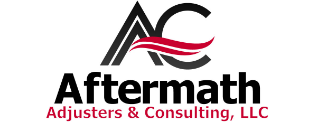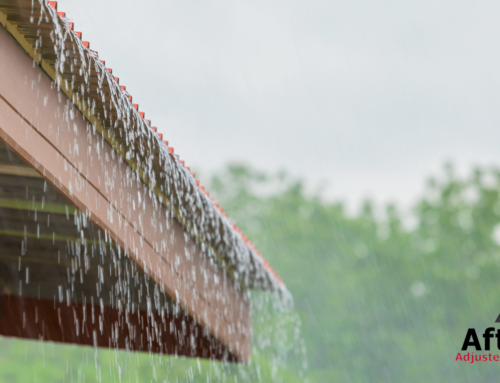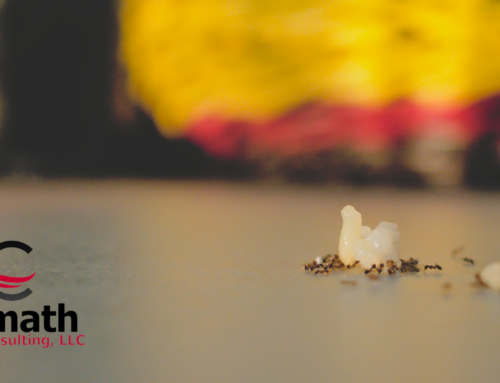Flood damage can be caused by many different things, such as burst pipes and groundwater, or hurricanes like Hurricane Irma. When a flood occurs, there are essential measures that need to be taken to ensure your home and family are safe. It is also important to make sure you get the best outcome with your insurance company.
Safety First
If the flood damage was destructive enough that you had to relocate, be sure it is safe before you return. Before re-entering your home, the Federal Emergency Management Agency suggests inspecting the property for structural damage. This includes things like loose or cracked foundation materials, warping, and holes. If you believe there has been damage to gas, electric, water, or sewer lines, contact your utility companies right away.
Use a flashlight when entering your home and turn off all the electrical and water sources. Even if the power isn’t working, turn off the individual and main fuse connections in your fuse box anyway. This will protect you from mixing standing water and electricity if the power comes back on.
Take Pictures of the Flood Damage
Before making any repairs or even removing water, take videos or pictures of all the flood damage for your insurance company. Digital is best because you can easily copy and store it electronically. If you take photos after any cleanup or repairs, you will not have any evidence of how extensive the damage was. This could possibly decrease the amount of coverage you will receive.
Keep Your Health in Mind
The flood water in your home may be contaminated by chemicals or sewage, even if it looks clear. Just in case, wear waders (hip-or waist-high waterproof boots), and rubber gloves when removing debris. Throw away any food that has, or could have, come in contact with the flood water. Until authorities say the water supply is safe, FEMA advises that you boil the water before use.
Contact Your Insurance Provider
Let your insurance company know the extent of the flood damage done to your home and any repairs you are going to do right away. If they tell you to wait before making any repairs until an adjuster comes to look at your property, follow their directions. Keep track of any conversations and document the damage during every step of the operation.
It takes time to get things back in order, and it will vary depending on the situation. If your claim and cleanup are small, you could have your home restored in as little as one week. If you are working with a contractor and insurance adjuster to take care of major repairs, it could take five or six months.
Eliminate the Water
Use a sump pump or wet vac to remove the water, once your insurance provider gives the OK. Keep in mind that water is heavy so be careful not to hurt yourself. Be especially cautious if you have to carry buckets of water up and down steps. As long as it doesn’t bring in more water, open the doors and windows to let fresh air circulate.
Prevent Mold Damage
Mold can grow quickly – within 24 to 48 hours of a flood. Therefore, make sure to remove all wet materials, like bedding and carpets, immediately. If something has been wet for less than 48 hours, you may be able to save it. You will need to determine whether the item is worth saving, or if it would be better just to replace it. Again, take pictures of the water-damaged items and notify your insurer before removing anything. This will assure that you are not affecting your coverage.
To clean mold growing on surfaces, use a 10% bleach solution, non-ammonia detergent, or pine oil cleaner. Test the solution on a small area first to make sure it won’t fade or stain the surface.
Before removing wet baseboards or wallboards, take pictures of them. This will allow your insurance company to see the height of water damage done to the walls. Poke holes in the drywall at floor level to let the water escape that is trapped behind the wall.
Protect the Property After Flood Damage
It is your responsibility as a homeowner to secure your property in order to prevent further damage. For example, use a tarp as protection over a damaged roof, and board up broken windows. As always, it is important to take pictures to let your insurance know you have done your part in preventing further damage.
If you have had flood damage, please give Aftermath Adjusters a call. We have helped hundreds of clients across Florida, New Jersey, and Texas with their insurance claims. We’d love to do the same for you.









